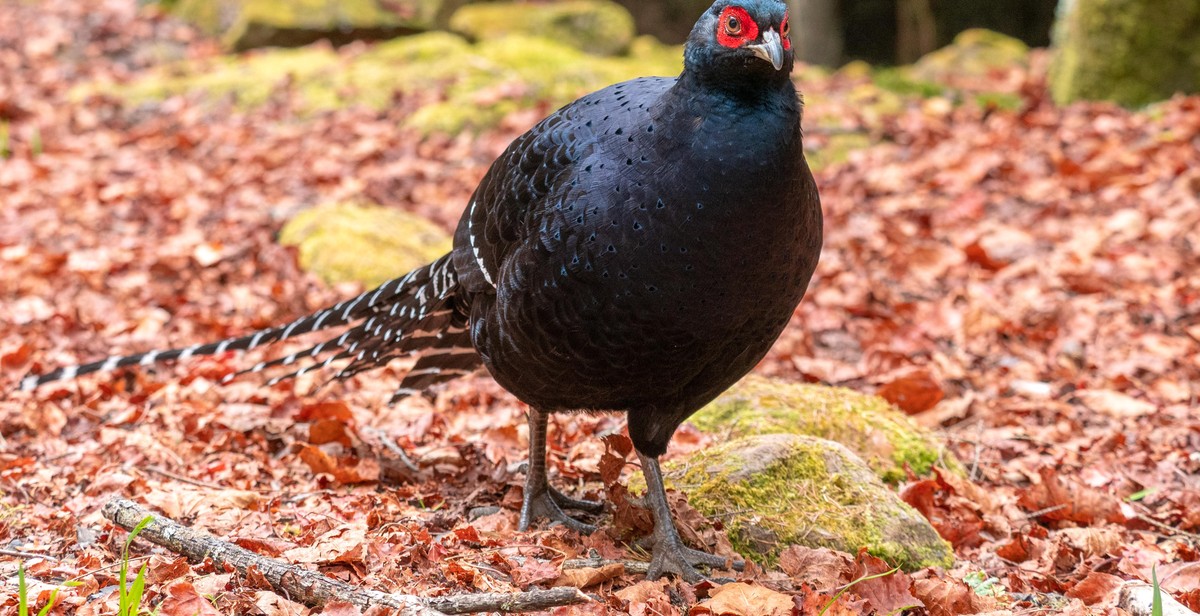Introduction: How to Practice Mindful Walking in Nature
Mindful walking is a form of meditation that involves being present and fully engaged with your surroundings while walking. It is a simple yet powerful practice that can help you cultivate awareness, reduce stress, and improve your overall well-being.
When combined with nature, mindful walking becomes even more beneficial. Nature has a way of grounding us and bringing us back to the present moment. It provides us with a sense of peace, calm, and connectedness that can be difficult to find in our busy, modern lives.
What is Mindful Walking?
Mindful walking is a type of meditation that involves paying attention to the sensations in your body as you walk. It is a form of mindfulness that can be practiced anywhere, at any time.
During mindful walking, you focus on the physical sensations of walking, such as the movement of your feet, the rhythm of your breath, and the feeling of the ground beneath you. You also pay attention to your surroundings, taking in the sights, sounds, and smells of the environment around you.
By practicing mindful walking, you can become more present and aware of your thoughts, feelings, and sensations. This can help you reduce stress, improve your mental and physical health, and cultivate a greater sense of peace and well-being.
In this article, we will explore techniques for practicing mindful walking in nature, including:
- Choosing a location
- Preparing for your walk
- Techniques for grounding and awareness
- Tips for staying present and focused

The Benefits of Mindful Walking
Mindful walking is a powerful practice that can help you reduce stress and anxiety, improve your mood and mental clarity, and increase your physical health. Here are some of the benefits you can expect when you practice mindful walking:
Reduced Stress and Anxiety
Walking mindfully in nature can help you reduce stress and anxiety by calming your mind and body. By focusing on your breath, your steps, and the natural beauty around you, you can release tension and let go of negative thoughts and emotions. Mindful walking can also help you connect with the present moment and find peace and tranquility in the midst of a busy or stressful day.
Improved Mood and Mental Clarity
When you practice mindful walking, you can improve your mood and mental clarity by boosting your endorphins and dopamine levels. These feel-good chemicals in your brain can help you feel more positive, energized, and focused. Additionally, mindful walking can help you gain perspective on your thoughts and emotions, allowing you to let go of stressors and negative patterns of thinking.
Increased Physical Health
Mindful walking can also have physical health benefits, such as improving your cardiovascular health, strengthening your muscles and bones, and enhancing your immune system. Walking in nature can also expose you to fresh air and sunlight, which can boost your vitamin D levels and improve your overall wellbeing.
- Reduced stress and anxiety
- Improved mood and mental clarity
- Increased physical health
Incorporating mindful walking into your daily routine can have a profound impact on your overall wellbeing. By taking the time to connect with nature and your inner self, you can reduce stress, improve your mood, and enhance your physical health. So why not give it a try and see the benefits for yourself?

Preparing for Mindful Walking
Mindful walking is a practice that allows you to connect with nature and your surroundings while focusing on the present moment. Before you start your mindful walking practice, it is important to prepare yourself for the experience. Here are some tips to help you prepare for mindful walking:
Choosing the Right Location
The location you choose for your mindful walking practice can greatly impact your experience. It is best to choose a location that is quiet and free from distractions. Look for a park or nature reserve with trails and paths that allow you to walk in a peaceful environment. If you live in an urban area, try to find a quiet street or a park with greenery and trees.
Wearing Comfortable Clothing and Shoes
Wearing comfortable clothing and shoes is important for a successful mindful walking practice. Choose clothing that is loose fitting and allows for a full range of motion. Avoid tight clothing that restricts movement or causes discomfort. Wear comfortable shoes that provide support and cushioning for your feet. This will allow you to walk for longer periods of time without experiencing discomfort.
Leaving Distractions Behind
Before you start your mindful walking practice, it is important to leave distractions behind. This means turning off your phone or leaving it at home, avoiding conversations with others, and focusing solely on your surroundings. This will allow you to fully immerse yourself in the present moment and connect with nature.
By following these tips, you can prepare yourself for a successful mindful walking practice. Remember to choose the right location, wear comfortable clothing and shoes, and leave distractions behind. This will allow you to fully enjoy the experience and connect with your surroundings.

Mindful Walking Techniques
Mindful walking is a practice that involves being present in the moment while walking. It is a form of meditation that can help you connect with nature, reduce stress, and improve your overall well-being. Here are some techniques that can help you practice mindful walking in nature:
Breathing Techniques
One of the most important aspects of mindful walking is focusing on your breath. Start by taking a few deep breaths before you begin your walk. As you walk, pay attention to your breathing. Take slow, deep breaths in through your nose and out through your mouth. Counting your breaths can help you stay focused and present.
Body Awareness Techniques
Another key aspect of mindful walking is being aware of your body. Start by standing still and taking a few deep breaths. Pay attention to how your feet feel on the ground. Notice the weight of your body and the way your arms swing as you walk. Be aware of any tension in your body and try to release it as you walk.
Observation and Sensory Techniques
As you walk, use your senses to observe your surroundings. Pay attention to the colors, shapes, and textures of nature around you. Listen to the sounds of birds and other animals. Smell the fragrances of flowers and trees. Feel the warmth of the sun or the coolness of the breeze on your skin. By using your senses, you can fully immerse yourself in the present moment and experience the beauty of nature.
Overall, practicing mindful walking in nature can be a powerful way to connect with the world around you and improve your well-being. By using breathing techniques, body awareness techniques, and observation and sensory techniques, you can cultivate a deeper sense of grounding and awareness.

Practicing Mindful Walking
Walking is one of the most basic human movements, and it can be a powerful tool for mindfulness and meditation. Here are some techniques to help you practice mindful walking:
Starting Your Walk
Begin by taking a few deep breaths and setting an intention for your walk. This could be something as simple as focusing on your breath or being present in the moment. As you start walking, pay attention to the physical sensations in your body, such as the movement of your feet and the rhythm of your breath.
Staying Present and Focused
As you continue walking, try to stay present and focused on your surroundings. Notice the sights, sounds, and smells around you. If your mind starts to wander, gently bring your attention back to your breath or the physical sensations in your body.
You can also try counting your steps or repeating a mantra to help stay focused. For example, you could count to four as you inhale, hold your breath for four counts, and exhale for four counts.
Ending Your Walk
When you’re ready to end your walk, take a few deep breaths and reflect on your experience. Notice how you feel physically and mentally. You may want to take a moment to express gratitude for the opportunity to connect with nature and practice mindfulness.
Remember, the goal of mindful walking is not to reach a particular destination or accomplish anything in particular. It’s simply about being present in the moment and connecting with your surroundings.

Conclusion
Practicing mindful walking in nature can be a powerful way to connect with the present moment, ground yourself, and cultivate awareness. By focusing on your senses, breath, and surroundings, you can quiet your mind, reduce stress, and enhance your overall well-being.
There are many techniques you can use to deepen your mindful walking practice. Some of these include:
- Bringing your attention to your breath and body sensations
- Noticing the sights, sounds, and smells around you
- Moving slowly and deliberately
- Engaging your senses by touching, tasting, and smelling the natural environment
- Cultivating gratitude for the beauty and abundance of nature
Remember that mindful walking is not about achieving a certain outcome or goal. Rather, it is about being fully present in the moment and accepting whatever arises without judgment.
Whether you are walking in a forest, park, or city street, you can use these techniques to connect with nature and cultivate mindfulness. By practicing regularly, you may find that you feel more grounded, centered, and at peace in your daily life.
 |
 |
| Take time to connect with nature and practice mindful walking | |
